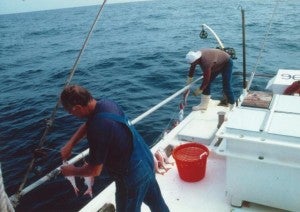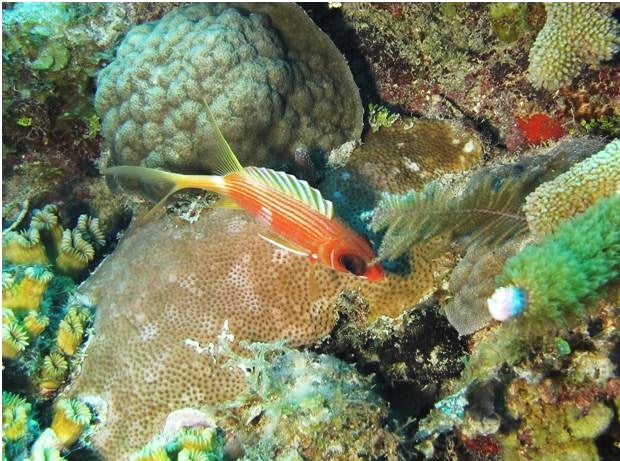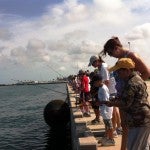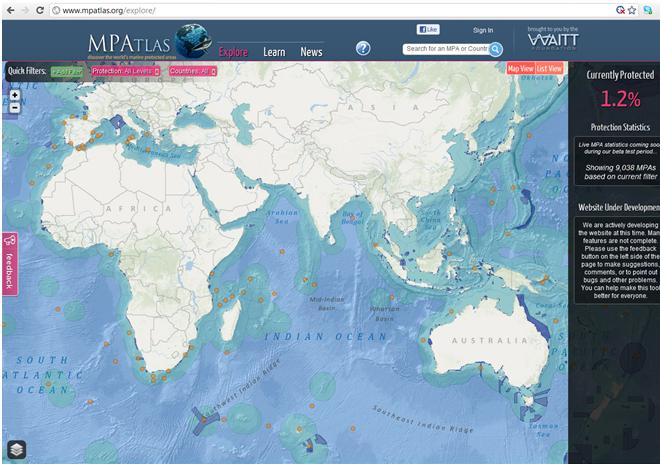 Under catch shares, fishermen have a strong incentive to become stewards of their fishery because they benefit directly from conservation practices, better monitoring, and improving information about stock conditions. A new study also confirms there is a positive change in incentives towards better compliance under catch shares management.
Under catch shares, fishermen have a strong incentive to become stewards of their fishery because they benefit directly from conservation practices, better monitoring, and improving information about stock conditions. A new study also confirms there is a positive change in incentives towards better compliance under catch shares management.
Last week, Marine Policy released a study by the Environmental Law Institute (ELI) analyzing the relationship of enforcement and compliance behavior in the Gulf of Mexico Reef Fish Individual Fishing Quota (IFQ) program, a catch share program implemented in 2007. The goal of the study was to better understand how catch shares management affects enforcement and compliance behavior. Enforcement records and fishermen surveys were used to compare enforcement practices and cases of noncompliance five years before and after IFQ implementation. Read More












